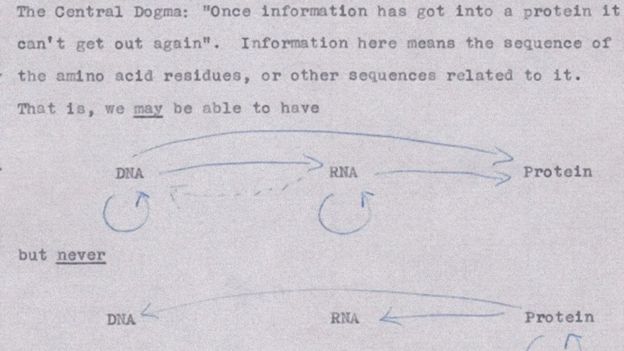
http://www.philly.com/philly/health/health-news/penn-scientists-probe-the-mysterious-relationship-between-sleep-deprivation-and-depression-20170922.html An article from the Philly Inquirer about research findings at Penn about sleep deprivation's curative powers over depression. Research has shown that from 3-4 hours of sleep followed by 21 to 36 hours of wakefulness eliminated feelings of depression in 50% of people in 66 studies that were analyzed. This work was published in the Journal of Clinical Psychiatry. The problem was that after one good night's sleep, the depression returned.
https://www.nytimes.com/2017/09/21/business/monsanto-dicamba-weed-killer.html?mcubz=1&_r=0
This is a NYT Business Section article about dicamba, a weed killer marketed by Monsanto. Lawsuits are being initiated against the company because farmers who have not bought Monsanto's genetically modified dicamba-resistant seeds are claiming that their crops are being damaged by dicamba drifting sometimes large distances. This is a typical strategy, to develop these resistant seeds and then to spray weed-killers, both marketed by Monsanto. It seems like a viscous cycle, because as weeds become resistant to the herbicides, it requires more pesticide use to kill them. Drift problems have made it impossible to control where herbicides wind up.

https://www.nytimes.com/2017/09/21/sports/aaron-hernandez-cte-brain.html?mcubz=1 This is a NYT article about the extremely unfortunate case of Aaron Hernandez, former Patriot's linebacker, found guilty of murder, who committed suicide in prison in April. Studies of his brain have revealed CTE, or Chronic Traumatic Encephalopathy. Hernandez was 27 but his the degenerative brain damage was equivalent to the brains of players beyond their 60's. Research has been recently revealed at Boston University showing that players who began playing tackle football before the age of 12 developed more cognitive and behavioral problems as adults later in life than those who started playing after the age of 12.
https://www.nytimes.com/2017/09/09/opinion/sunday/trump-epa-pruitt-science.html?mcubz=0
This is an editorial from NYT about the consistent trend in the current administration to terminate work on important environmental issues such as mountaintop removal of coal and reducing carbon emissions to name only two consequential issues among a multitude. In additional, the lack of appointment of key scientific advisors to various departments and appointment of persons lacking in scientific credentials to key offices shows evident disdain for science and scientific knowledge and its contributions.

https://www.nytimes.com/2017/09/21/nyregion/staten-island-bat-watchers-research.html?mcubz=0&_r=0 This is an article on bat researchers in Freshkills Park on Staten Island. Not surprisingly, these researchers are nocturnal, as are their quarry. Wearing anabat detectors strapped to their wrists, seniors at the College of Staten Island along with wildlife biologists, are netting bats in order to study them. The first published study of bats was in 2016 and the work being compiled is some of the first systematic data collected on bats in NYC. White nose disease, caused by a fungus has decimated the bat population across North America on a massive scale. After netting the bats, the researchers are fitted with tracking bands, weighed and checked for fungus.


 .
.

